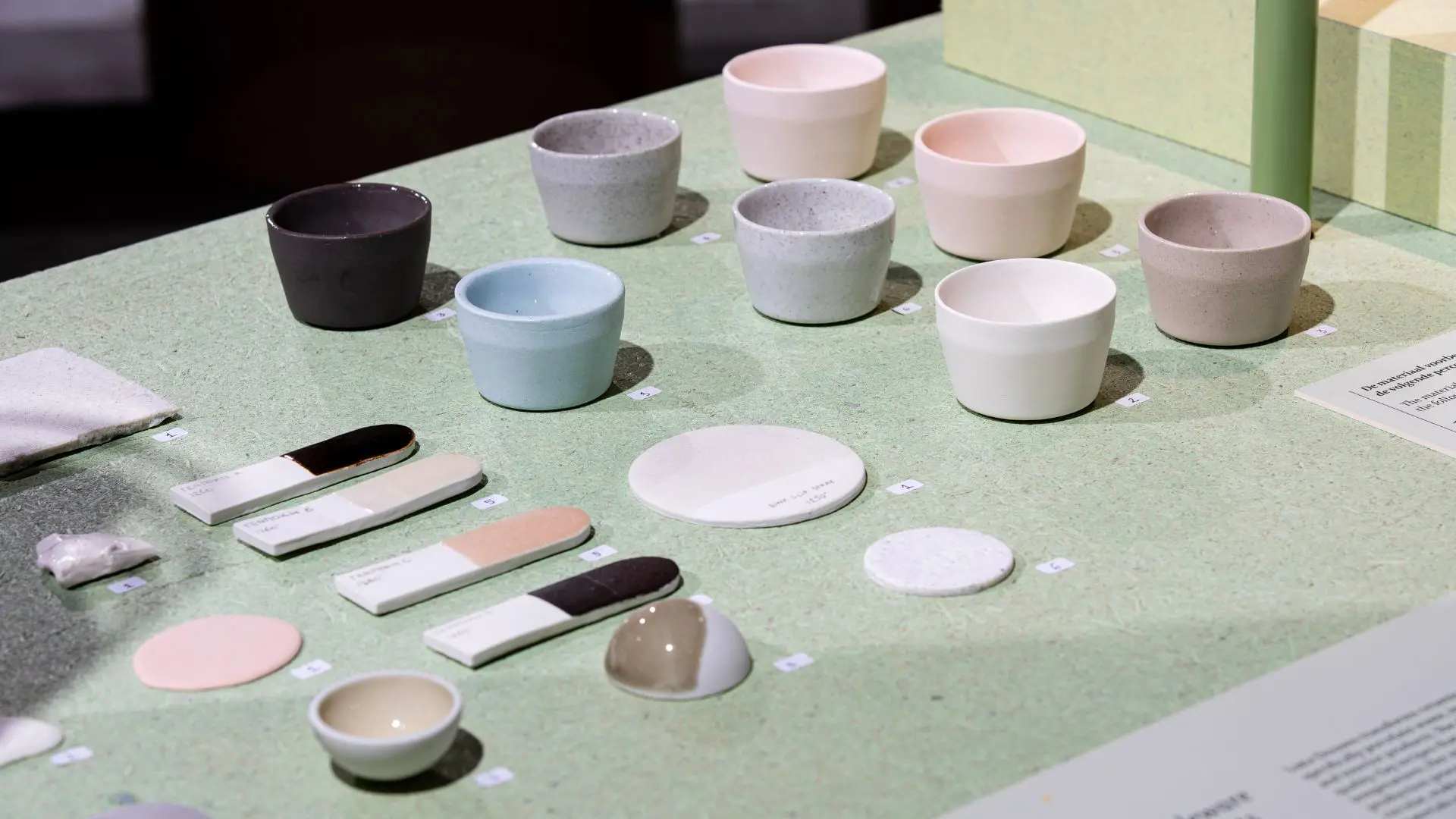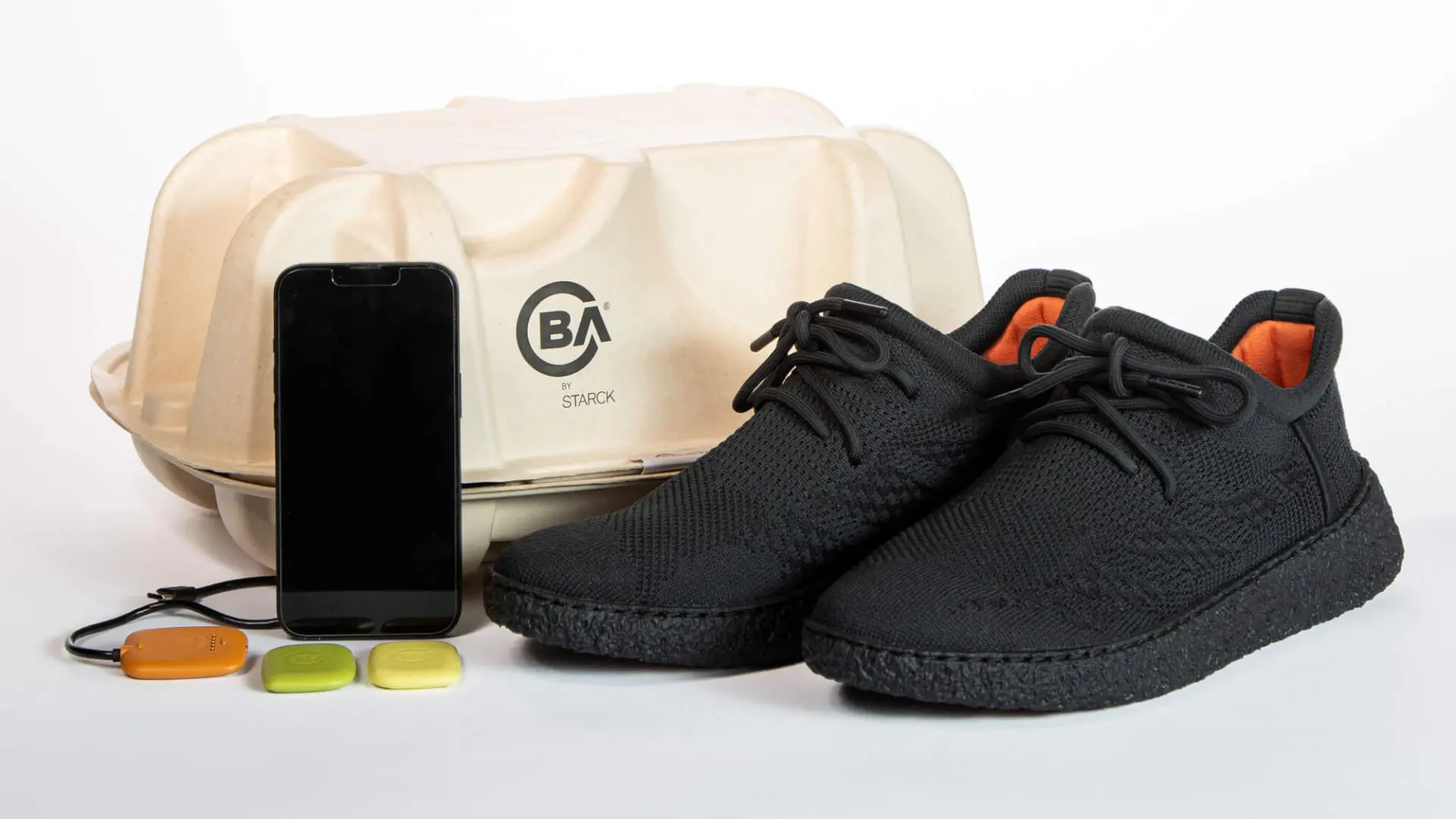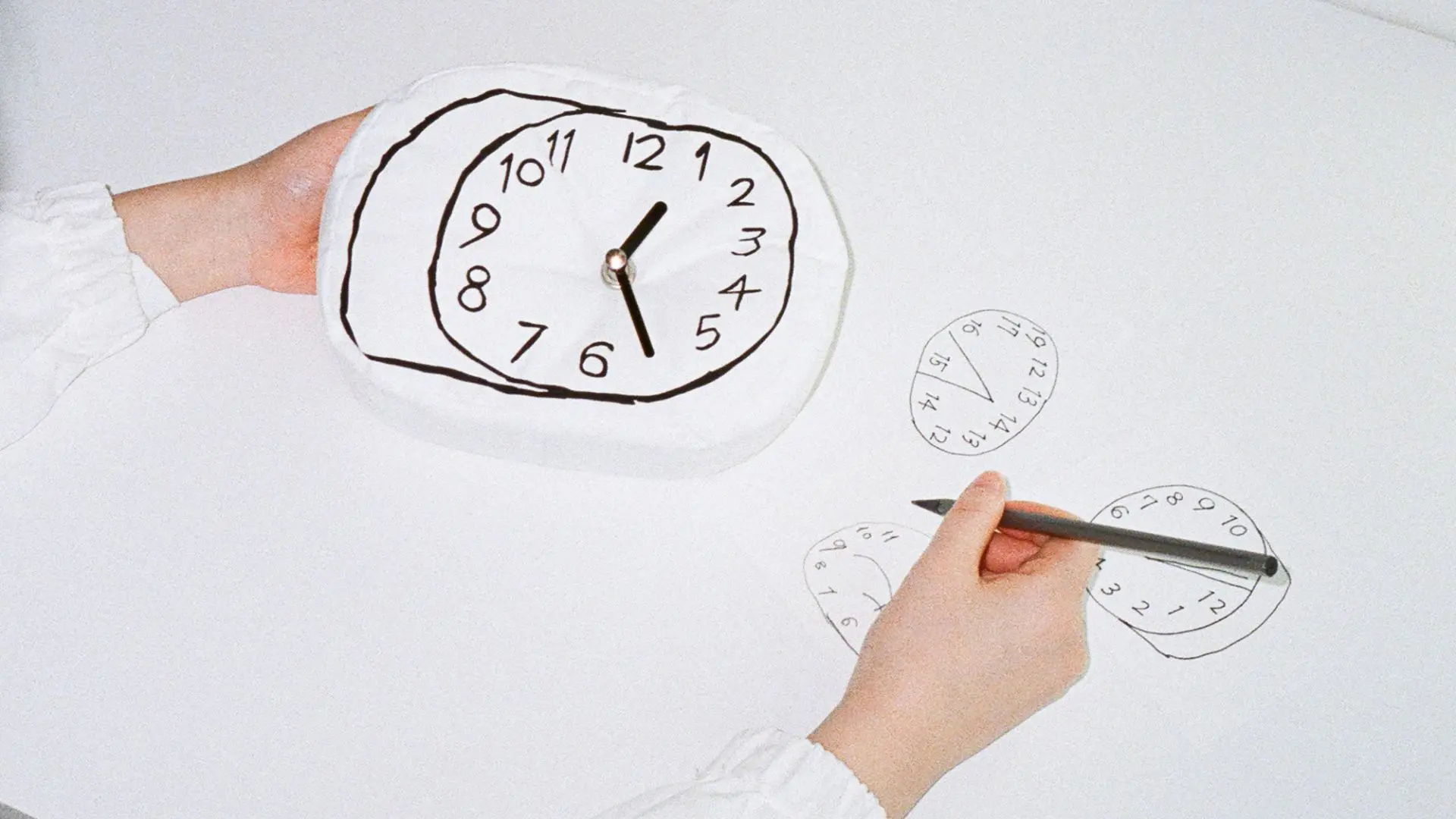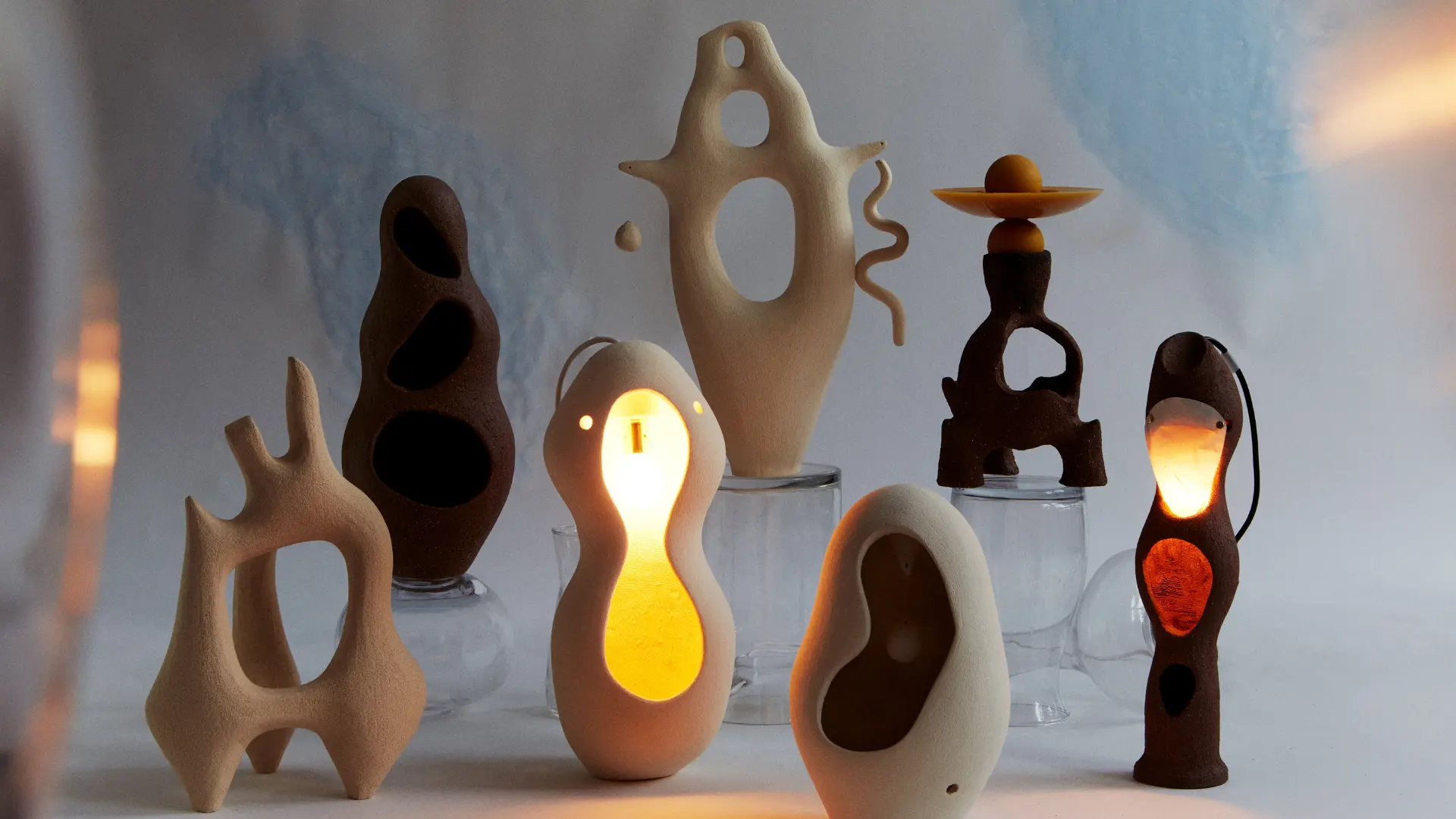Secrid Talent Podium 2024: a celebration of pioneering design
Seven visionary designers whose work is reshaping industries shared the spotlight at the Secrid Talent Podium during Dutch Design Week 2024.

Held annually in Eindhoven, the Secrid Talent Podium has quickly become a highlight of Dutch Design Week (DDW), as it presents an opportunity to see some of the most inspiring emerging designers whose work challenges conventional industries and offers sustainable alternatives.
The Talent Podium is one of the standout initiatives of Secrid, a brand rooted in a mission to create products that reflect their values of sustainability, social responsibility, and Dutch craftsmanship. This brand is set apart with its commitment to using design as a force for good. Through an Impact Fund, carbon offset and capture, and sheltered workshops providing jobs for people with disabilities, it is no surprise that Secrid is now on its third edition of the Talent Podium, actively supporting projects that align with its values.
This year’s event, that took place in October 2024, featured seven visionary talents who are revolutionizing the fields of fashion, food, construction, and energy. These creatives are challenging traditional creative boundaries, and Secrid Talent Podium offers a unique platform to showcase their work, highlighting the power of design to solve real-world problems while shifting the market from producing “more”, to producing “better.”

A new generation of designers
Leading the charge in creating a world where design meets purpose, Secrid is making it clear that the future of design is about transforming the way products are created, consumed, and disposed of, driving real change for a more sustainable and equitable world for us all.
In collaboration with the Dutch Design Foundation, the seven designers featured in the 2024 Secrid Talent Podium were selected for their innovative ideas, holistic approaches and entrepreneurial mindsets. In addition to a podium spot, each designer receives coaching, publicity and a donation of € 7,777: a reference to Secrid’s seven holistic design principles.

In this year’s impressive lineup, Boey Wang takes the concept of cooking as a sensory experience to the next level with Haptics of Cooking. This innovative collection of kitchenware is designed for both sighted and visually impaired users, ensuring accessibility without compromising on aesthetics. Wang’s creations celebrate the tactile and sensory joys of cooking, proving that inclusive design can also be beautiful and functional.

Reimagining interior solutions through 3D printing, the team behind Aectual uses recycled waste streams to create bespoke furniture and architectural elements that are both sustainable and customizable. By combining cutting-edge technology with circular design principles, Aectual challenges traditional manufacturing methods and offers a scalable solution for reducing waste in the design industry.

Bringing attention to the fashion industry, Milou Voorwinden is changing the narrative with her 3D weaving techniques. Her studio focuses on zero-waste clothing and textile production, leveraging innovative processes to create garments that minimize material loss. Voorwinden’s work exemplifies how technology and craftsmanship can intersect to redefine the future of fashion.

Tackling another major environmental issue, Doreen Westphal is turning food waste into an opportunity with Resty & Fungi. Her HackTasty products transform high-quality food waste into nutritious, delicious items, blending sustainability with culinary creativity. By showcasing the potential of overlooked ingredients, this project challenges how we think about consumption and food systems.

Similarly preventing waste, Lotte Douwes shows the potential of ceramic waste. Her project, Meaningful Matter, transforms ceramic remnants into high-quality tableware and interior products. These elegant designs not only reduce industrial waste but also bring attention to the beauty that can emerge from discarded materials. With her work, Lotte redefines luxury as something rooted in sustainability and mindfulness.

Thinking of biocircular objects, Omlab pioneers at the intersection of construction and biodiversity, with low-emission construction objects that support ecological balance. From walls to urban installations, these creations not only reduce carbon footprints but also promote biodiversity by integrating natural habitats into their designs. Omlab’s work proves that sustainable construction can actively contribute to the health of our planet.

Harnessing the power of the sun, Pauline van Dongen introduced SUNTEX, a solar textile designed for canopies, facades, and tents. Beyond its practical function of generating renewable energy, this fabric also has a cooling effect, making it ideal for urban environments and outdoor spaces. By merging photovoltaic technology with textiles, SUNTEX represents a fusion of utility and aesthetics, paving the way for more sustainable architecture and design.

Secrid Talent Podium is a glimpse into the future of design
Each project featured at Secrid Talent Podium 2024 offered a glimpse into the future, one where design is not just beautiful, but purposeful. What ties all these projects together is their ability to create positive social and environmental change by addressing real-world problems.
By being part of Europe’s largest design festival and bringing attention to groundbreaking projects, Secrid aims to inspire a new generation of designers to think critically about their impact on the planet while reminding us about the role that designers play in shaping not only the products we use but the systems we live within.














